Optimal Weather for Stamped Concrete Refinishings
Stamped concrete refinishings are most effective during specific weather conditions to ensure proper curing and adhesion. Ideal temperatures range from 50°F to 85°F, with low humidity levels. Performing the work during these conditions minimizes issues such as cracking, uneven coloring, or surface defects.
These seasons typically offer mild temperatures and lower humidity, making them suitable for stamped concrete refinishing projects.
High heat can cause rapid drying, leading to cracks, while freezing temperatures can prevent proper curing. It is best to avoid winter and peak summer months.
Clear, dry days with temperatures between 50°F and 85°F and low wind are optimal for refinishing activities.
Scheduling during periods of stable weather ensures consistent results and reduces the risk of delays caused by unexpected weather changes.
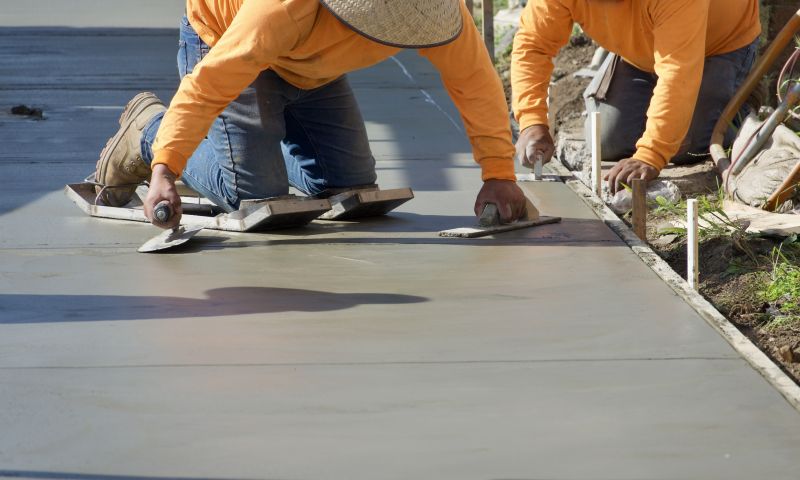
A freshly refinished stamped concrete surface during spring offers optimal curing conditions.

Refinishing projects in fall benefit from moderate temperatures and lower humidity levels.

Early summer mornings are suitable for refinishing due to cooler temperatures and lower evaporation rates.
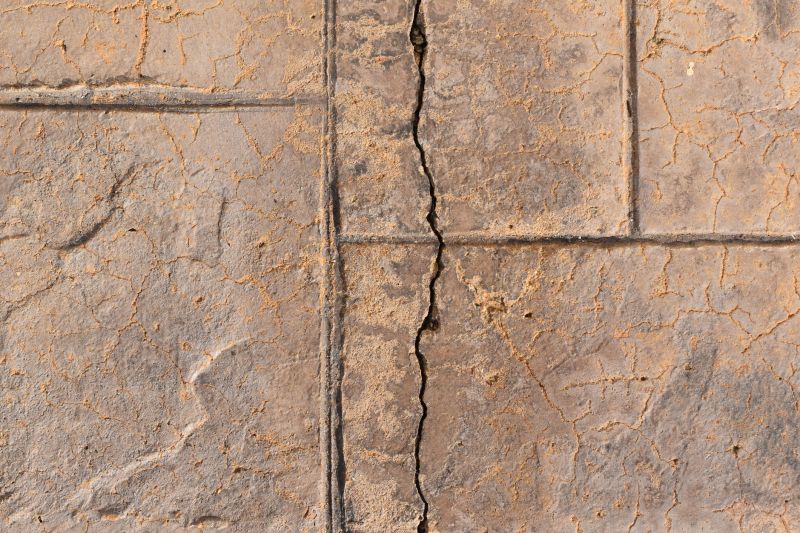
Refinishing during winter is discouraged due to freezing temperatures that hinder proper curing.
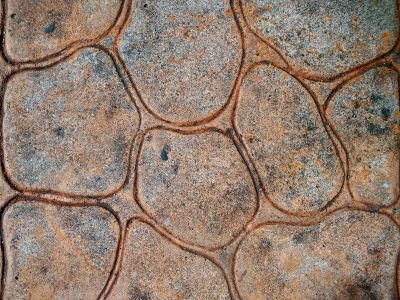
Ways to make Stamped Concrete Refinishings work in tight or awkward layouts.
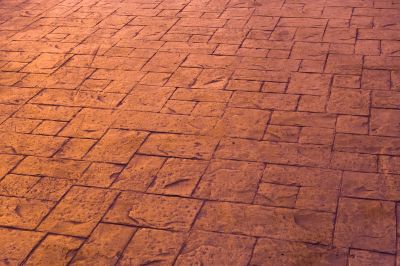
Popular materials for Stamped Concrete Refinishings and why they hold up over time.
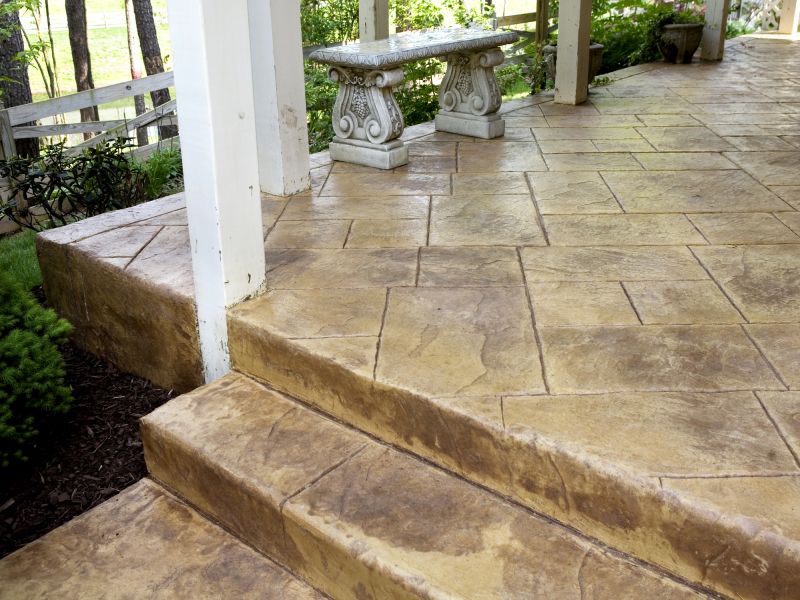
Simple add-ons that improve Stamped Concrete Refinishings without blowing the budget.
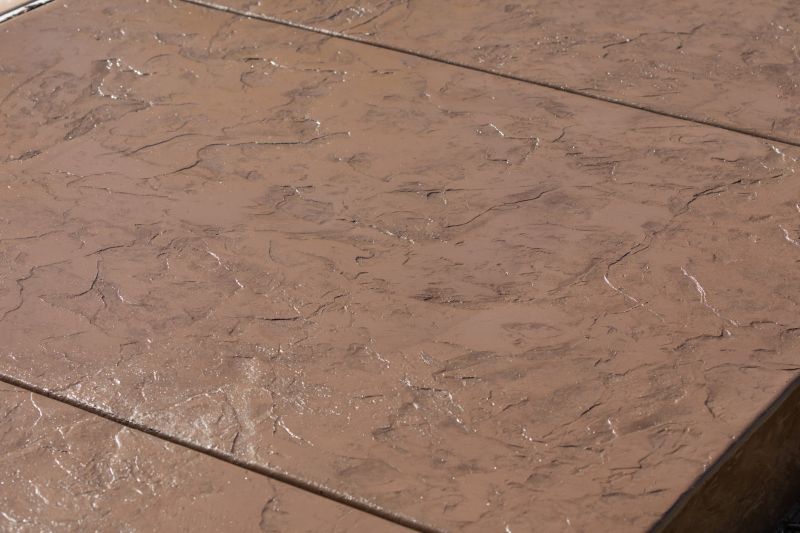
High-end options that actually feel worth it for Stamped Concrete Refinishings.
| Season | Temperature Range |
|---|---|
| Spring | 50°F to 75°F |
| Summer | 70°F to 85°F |
| Fall | 50°F to 75°F |
| Winter | Below 50°F |
Stamped concrete refinishings involve applying a decorative overlay or coating to existing concrete surfaces, enhancing their appearance and durability. This process includes cleaning, surface preparation, and the application of color and texture to mimic natural materials such as stone, brick, or tile. Proper timing ensures the coating adheres well and cures evenly, resulting in a long-lasting finish.
Statistics indicate that when performed under optimal weather conditions, stamped concrete refinishings can extend the lifespan of concrete surfaces by several years. Proper timing and preparation are critical to avoid common issues like cracking, discoloration, or peeling, which can compromise the aesthetic and structural integrity of the surface.

A detailed view of a stamped concrete surface after refinishing process.

Close-up of color and texture applied during refinishing.

Various stamped patterns used in concrete refinishing.
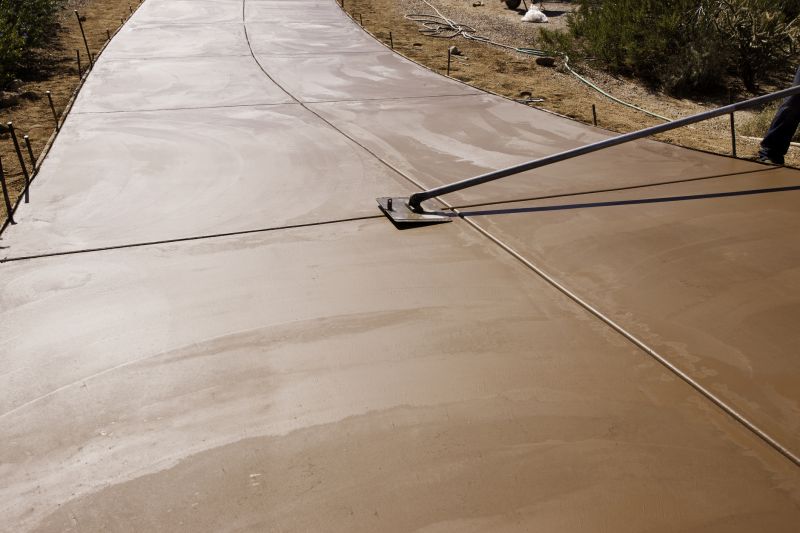
A completed stamped concrete driveway showcasing durability and design.
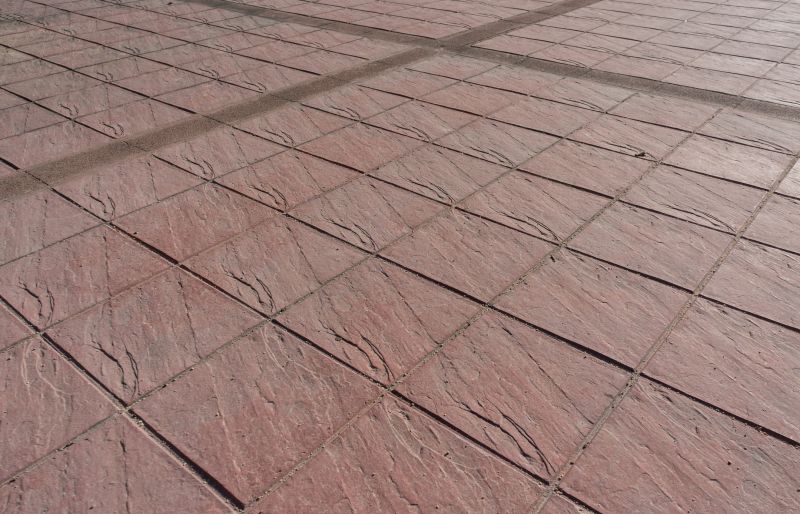
Finishes and colors that play nicely with Stamped Concrete Refinishings.
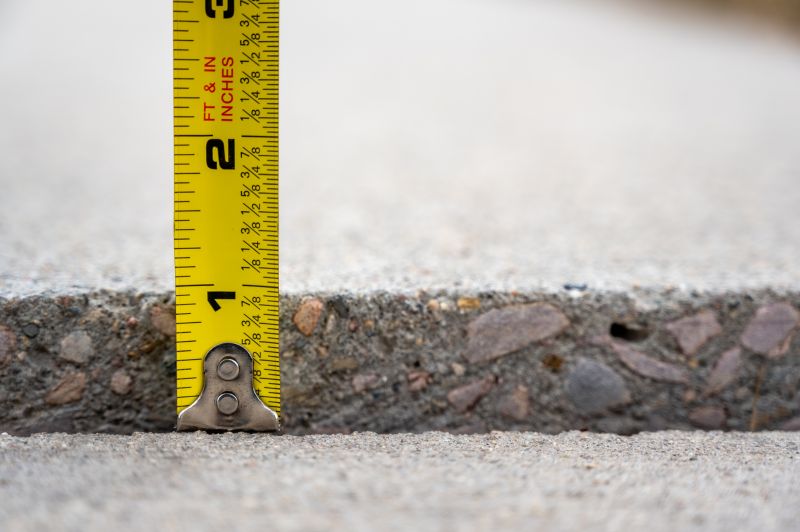
Little measurements that prevent headaches on Stamped Concrete Refinishings day.
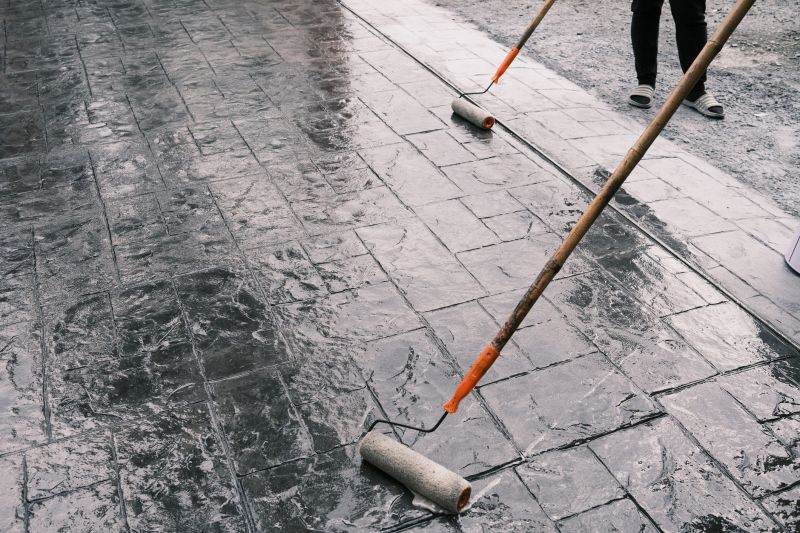
A 60-second routine that keeps Stamped Concrete Refinishings looking new.
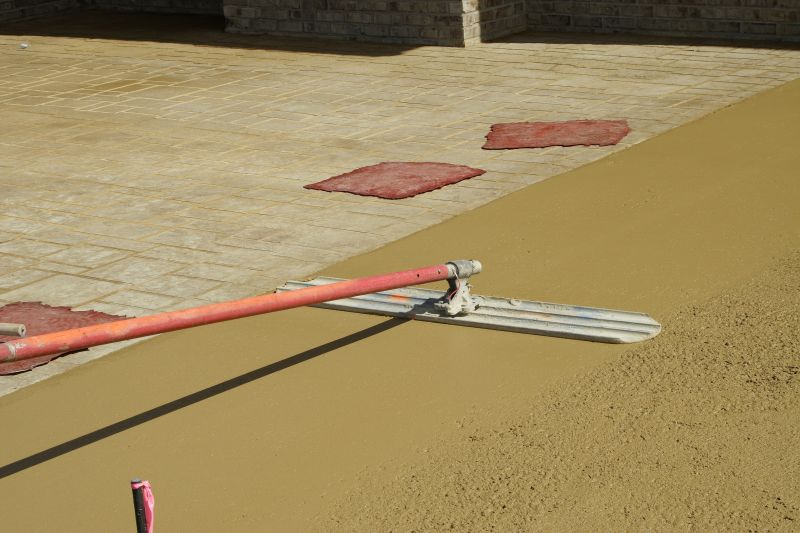
A frequent mistake in Stamped Concrete Refinishings and how to dodge it.
Interested parties are encouraged to contact for further details on scheduling stamped concrete refinishings during the optimal seasons. Proper timing can significantly impact the appearance and longevity of the finished surface, ensuring satisfaction with the project results.



